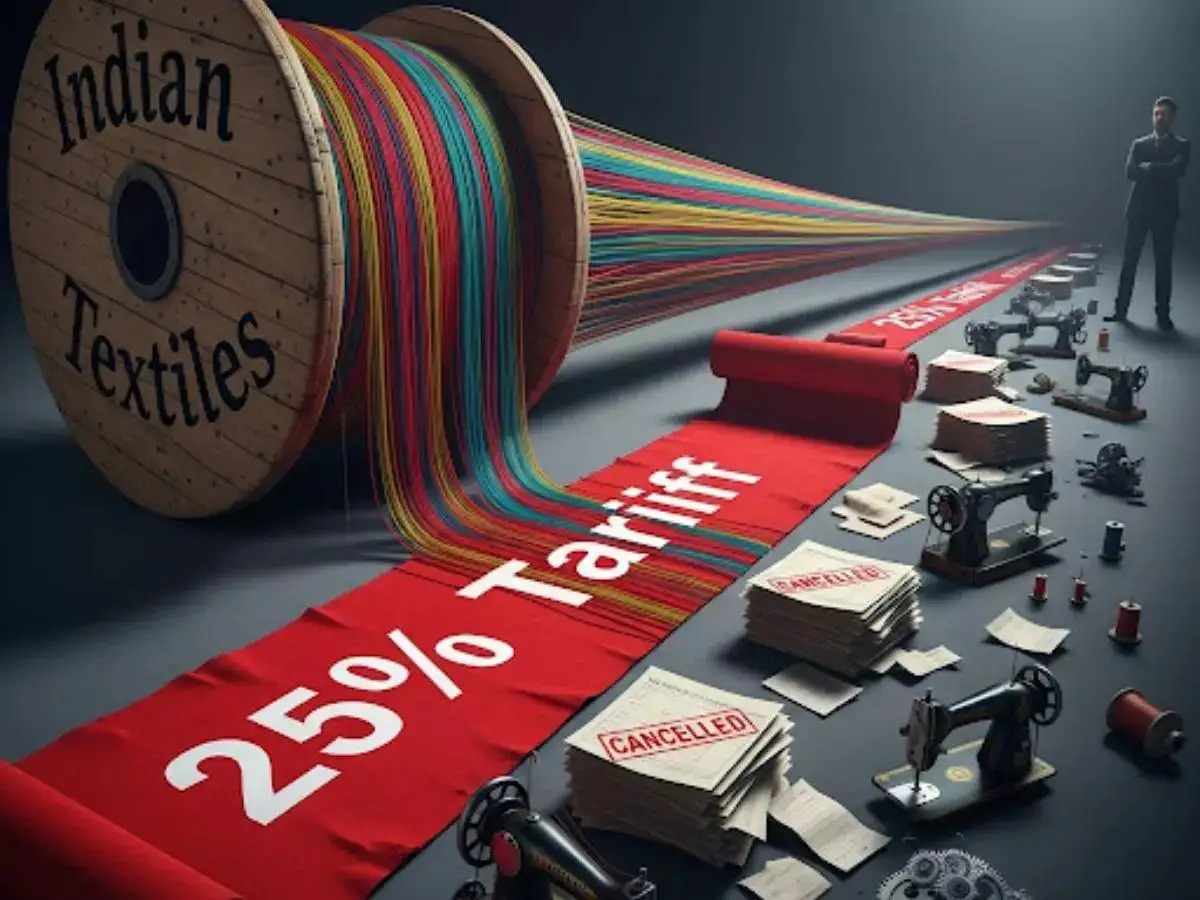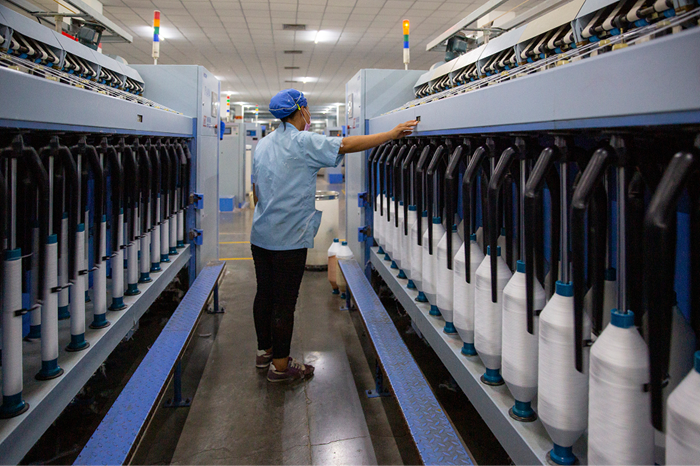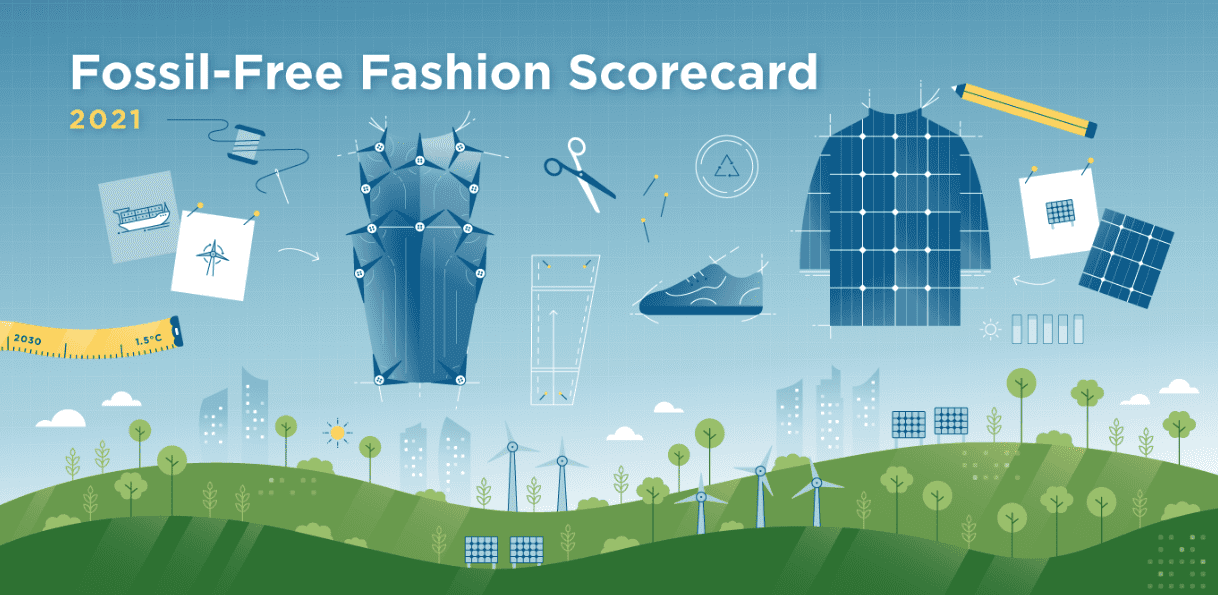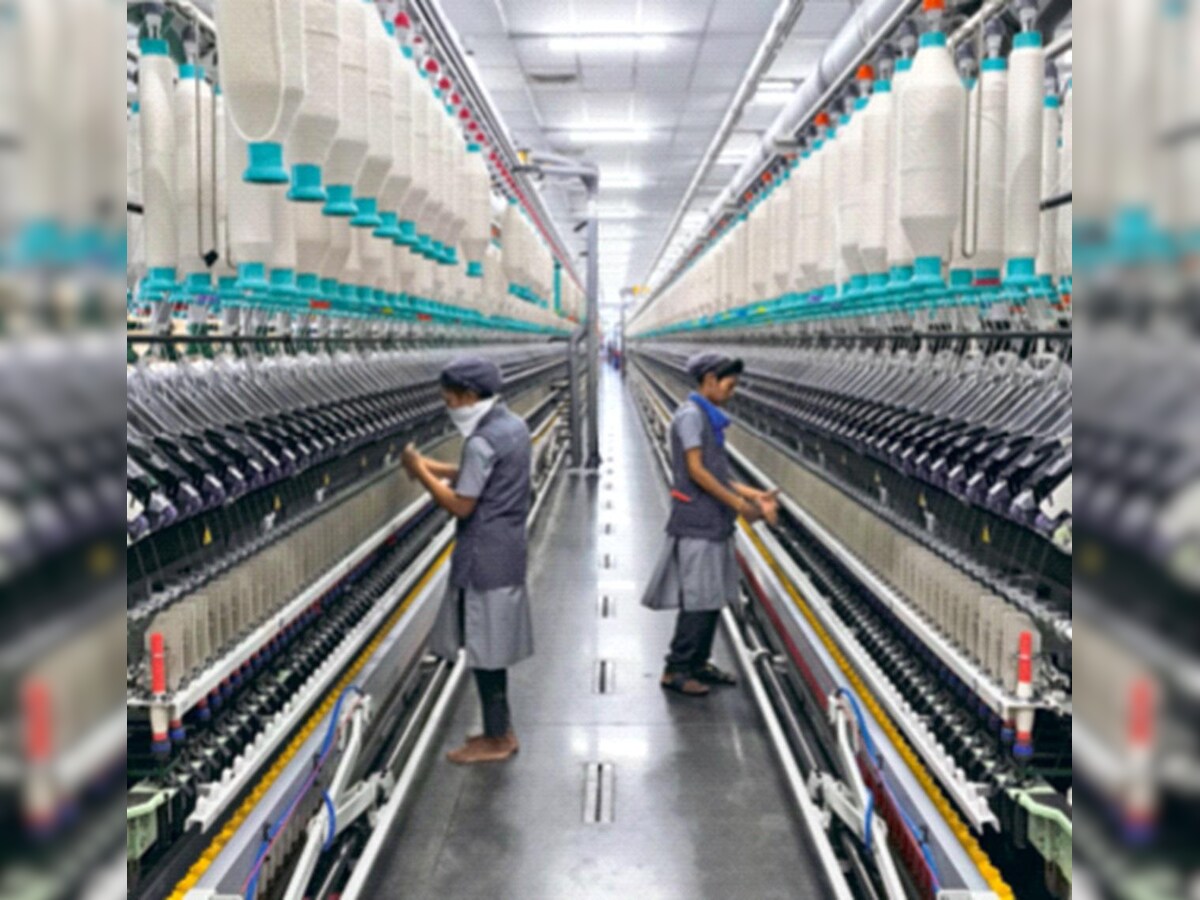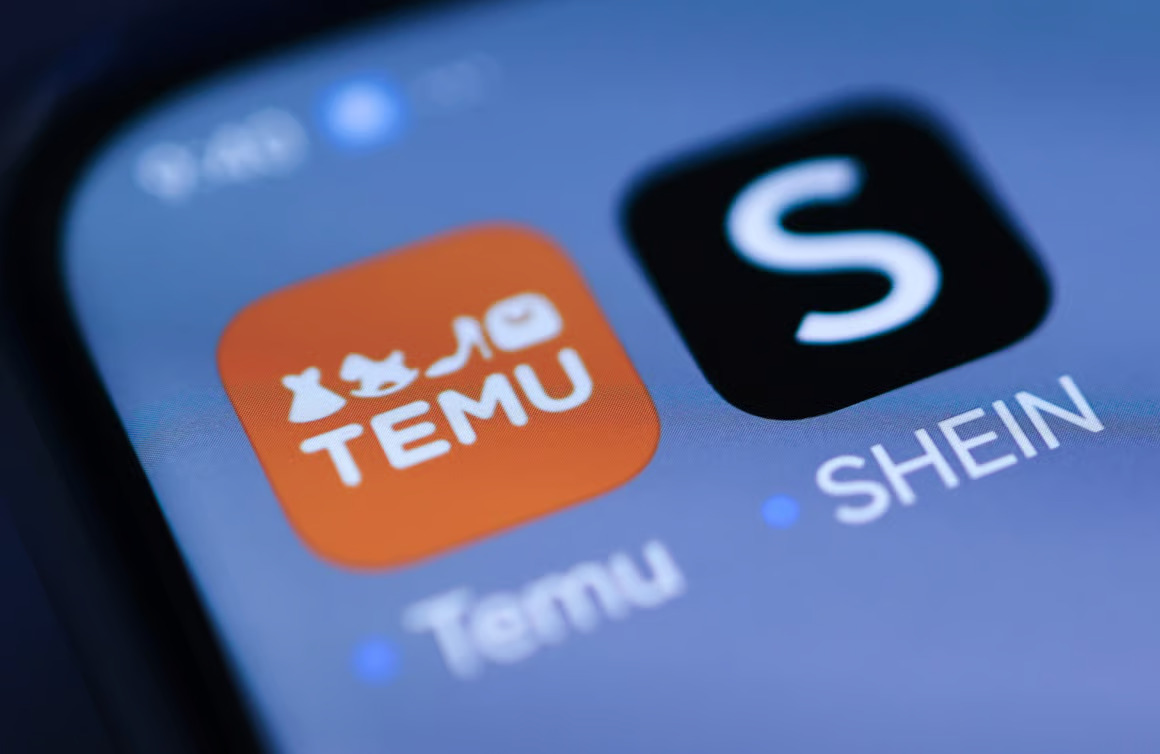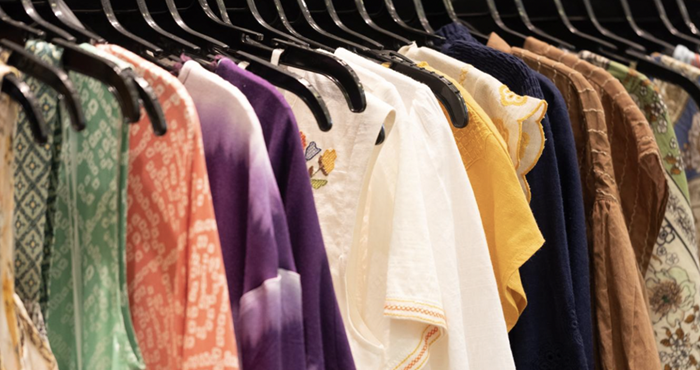FW

China loses ground, sourcing moves to other nations

While Asia, particularly China, has enjoyed a dominant position in shoes, apparel and household textiles manufacturing for several years, makers of these items located in developed nations such as the US and Canada have suffered a long period of decline. For example, over 98 per cent of the shoes sold in America each year are imported, and the majority of these imports come from Asia.
To consumers in Europe and North America, this growing reliance on Asia as a low-cost producer has meant low retail prices for goods of reasonable quality. However, recent increases in the cost of doing business in China, including rapidly rising labour costs, have put Chinese manufacturers in a much less favorable position. Competition from manufacturing based in low-cost nations in Africa, as well as Vietnam, Indonesia, Sri Lanka, Mauritius, Malaysia, Cambodia, Bangladesh, Pakistan, the Philippines and other countries is on the rise. A large chunk of apparel manufacturing earlier done in China is now moving to these countries rapidly.
Issues like rising wages, falling yuan have made it difficult for manufacturers in China to attract and retain workers in recent years. Apparel and textile workers in many parts of the world have also begun demanding shorter hours and safer working environments.
Western brands focus on increasing manufacturing
While Asian countries are wooing western buyers with low costs, poor working conditions, factory safety issues that came to the fore after building collapse and fire calamity in Bangladesh and Pakistan, some companies such as Spain’s Inditex have succeeded in creating their own manufacturing and supply chain. Such companies have also succeeded in quickly bringing fresh fashion to store shelves. Inditex, for instance can get a new item of clothing from its 300-person design team, through its manufacturing plants to its more than 6,340 stores in as little as two weeks. The company operates several manufacturing facilities in Spain. Many of its outside suppliers are located in Spain and elsewhere in Europe. The firm has been opening large numbers of new retail stores under the Zara, Pull & Bear, Massimo Dutti and Oyosho brands.
Another major development that has been happening in the West is, reshoring. Inventories of some companies and designer labels are not huge, so they don’t find investing in plants based out of the country viable. So their manufacturing happens where their products are retailed. ‘Made in USA’ is also on the rise with many American brands also investing in manufacturing capacities in the USA itself. Also brands, wanting to maintain uniformity of their product quality, such as those from Italy, believe in manufacturing products at their own plants in the country. Experts point out that as wages continue to rise in emerging nations, and shipping costs continue to be subject to spikes due to fuel prices, some portion of clothing manufacturing will continue to reshore.
www.inditex.com
Swiss embroidery producer Forster Rohner develops and produces electronic textiles for diverse markets, from industrial applications to fashion. Forster Rohner, is a leading technical textile manufacturer, known for conductive yarns, sensors, heating, and illuminated textiles. It has been supplying electronic textiles on an industrial production basis since 2013. The company develops sensor and heating textiles from a material portfolio of conductive yarns.
The company achieves illuminated textiles on fine sheer, heavy wool or technical fabrics and with its industrial embroidery machines a great variety of items are realized: panels up to seven meters long, specific sewing patterns, and ornamental motifs to fine textile edges.
E-broidery technology stands for integration of active lighting in textiles. The sophisticated LED textiles introduce a new field of materiality and function for sensational scenography in exhibition and interior design. Forster Rohner’s products are used in dresses, blazers or bags in ready-to-wear collections, sportswear with electronic muscle stimulations revealing enhanced workout effects, or in drapes and washable fabric displays for interactive products.
Application examples are high performance soft sensor structures for ECG or EEG measurements or active sportswear with almost invisibly integrated electrodes into compressive textiles thus enhancing revolutionary workout effects.
www.forsterrohner.ch/de/news/fabrikverkauf.html
Cashmere World Forum will be held from October 7 to 9, 2015 in Hong Kong. The stimulating and informative programme for industry delegates will also discover the 2016-17 colour trends through the prism of legends and fairy tales.
Full colour trends will be presented by Jayne Esteve Cure, Founder of Jayne Fashion Consultancy, France and Olivier Guillemin, Designer and Creative Director, France at Cashmere World Forum 2015. The connecting thread running through the whole programme is the concept of lightness: lightness in every sense as exemplified in the lightness and luxury of cashmere and other fine fibres in contrast to the “weighty” political and economic background the industry is currently facing.
The keynote speaker will be Anthony Keung of the Fenix Group. He will speak about the background of his company, how it evolved from manufacturing to retail and how it adapted to economic changes by switching from the Japanese market to the markets in the Europe and the US followed by China and Korea. He will share his views on the prospects of the China market, where according to him their retail brands are witnessing steady growth. He is optimistic about the China retail market believing that the economic bubble in China is over and that the slowdown of the China market is a normal phenomenon.
Other topics of interest to be discussed include current supply and demand situation of cashmere and how its environmental impact could be lightened, Alpaca and the importance of its quality marks presented by the executive director of International Alpaca Institute from Peru and several other topics based around the central theme of ‘lightness’.
www.cashmereworldfair.com
The Advanced Textiles Conference will take place in the US on October 6 and 7, 2015. More than 25 speakers will make presentations on advanced textiles industry participants. There will be three programming tracks. One includes market forecasts for wearable electronic devices; stretchable electronic ink and smart clothing; garments as computers; the future of 3D printing; and several sessions on biomaterials, infection control technologies and commercial issues related to them. Additional sessions cover super-non wetting fibers and fabrics; lightweight, soft body armor; high-visibility materials; and business topics on diversification and branding.
An informal seminar includes opportunities for participants to ask questions from textile experts. Of special interest at this year’s event is special programming and events on testing. Presenters will answer questions like: How do I choose a test method? What do the results tell me? What do the results not tell me? How do I use these results in my own marketing? And Where do I go for further resources?
Among those attending are vice presidents, general managers, engineers, designers, product teams, supply chain managers, purchasers, marketers, brand managers and retailers. There will also be fiber and yarn producers, chemical companies, coaters and laminators, weavers and knitters.
ifaiexpo.com/features/atprogram
The United States is Pakistan’s biggest export destination. Pakistan’s exports to the US predominantly comprise textile made-ups. Shipments of home textile account for about a 10 per cent market share of the total US global imports. In 2014, Pakistan exported goods worth $3.6 billion and imported $1.5 billion of goods from the US.
The US is one of the few countries where Pakistan enjoys a substantial trade surplus. During the last three years, the annual trade balance has been around $2 billion in favor of Pakistan. But despite the surplus, Pakistan’s total share in the US market is just 0.2 per cent. Pakistan is also a beneficiary of the US Generalised System of Preferences (GSP) program. This provides duty-free access for exports from Pakistan like gems and jewelry, carpets, sugar, cutlery and surgical items. The GSP does not include textile exports from Pakistan for duty-free market access.
About 66 per cent of EU’s and 57 per cent of Chinese exports enter duty-free in the US, but only 12 per cent of Pakistan’s exports get this treatment. The US is also Pakistan’s biggest donor and has contributed over four billion dollars since 2009 to projects relating to energy, economic growth, education, health care and women empowerment.
The textile industry in Pakistan wants relief measures from the government. It wants power tariff lowered and has asked the government to impose a 20 per cent regulatory duty on import of textile raw materials, from yarn to garments, which would ensure the revival of the industry. The industry feels hurt by the unbridled entry and dumping of highly subsidised textile products from India and China.
Since the import duty on textile products in Pakistan is merely five per cent against 30 per cent in competition countries, the industry has sought an immediate upward revision. Textile units want rebate on textile exports as an incentive under the focus market policy even if the government is unable to devalue the rupee against the dollar. They say competitor countries are already offering a heavy rebate on exports.
Textile industrialists in Pakistan say the high cost of doing business can force the closure of textile units. They are planning downstream integration to add another $13 billion to exports and help the country get rid of loans from international donors at an eight per cent mark-up. The aim is to create another 13 million jobs in the country. Pakistan is expected to announce a textile package soon.
India will be among the 18 countries which to tour the United States from September 27 to October 3 to get a close look at how cotton is produced, processed and marketed. Represented countries consume about 96.5 million cotton bales per year in their textile mills, which represent about 84 per cent of the world’s consumption. The countries import about 29.4 million bales annually or about 85 per cent of the world’s total cotton imports. Companies from these 18 countries are expected to consume about 3.1 million bales in 2015 while US cotton exports to those companies are estimated at about a million bales.
Tour participants will visit cotton farms and cotton research centers. They will meet exporters in the four major cotton belts. More than 800 textile executives from more than 60 countries have participated in these orientation tours, which began in 1968. Major tour objectives are to help customers of US cotton increase awareness about the types and qualities of US cotton, help them gain better understanding of US marketing practices and enhance their relationships with US exporters. The aim of this year’s tour is to help foreign textile manufacturers develop a deeper appreciation for US cotton fiber quality and the industry’s timely delivery system.
Bangladesh wants a fair price for its readymade garment products from the US. Bangladesh garment exporters say western buyers are resorting to arm-twisting to lower prices. The nominal value of its readymade garment products have dropped by 2.9 per cent since last year.
Another issue on which Bangladesh wants action on is restoration of GSP facility. The US suspended Bangladesh from GSP in June 2013 based on Bangladesh’s failure to meet statutory eligibility requirements related to worker rights. The decision to suspend trade benefits under the GSP program resulted in US imports of GSP-eligible products from Bangladesh becoming ineligible for duty-free treatment.
Since then the US says Bangladesh has made progress in addressing fire and building safety issues in the garment sector but that further progress is needed for the country to get back GSP.
In fiscal 2013-14, Bangladesh exported goods worth more than $5.58 billion to the US, with 95 per cent of them being garment products, which were subject to 15.61 per cent duty.
India's exports during August 2015 were valued at $21266.31 million, 20.66 per cent lower in dollar terms than the level of $26,803.48 million during August 2014, the Commerce and Industry Ministry said in a statement. Cumulative value of exports for the period April-August 2015/16 was $1,11,094.47 million as against $1,32,529.64 million registering a negative growth of 16.17 per cent in dollar terms over the same period last year.
Imports during August 2015 were valued at $33,744.28 million which was 9.95 per cent lower in dollar terms over the level of imports valued at $37,472.78 million in August 2014. Cumulative value of imports for the period April-August 2015/16 was $1,68,610.56 million as against $1,90,747.68 million registering a negative growth of 11.61 per cent in dollar terms over the same period last year, the statement added.
The trade deficit for April-August 2015/16 was estimated at $57,516.09 million which was lower than the deficit of $58,218.04 million during April-August 2014/15. A statement by Tirupur Exporters Association (TEA) says, all India readymade garments exports, including Tirupur knitwear exports declined by 7.3 per cent in August compared to the corresponding month of last year 2014/15.
TEA President A Sakthivel opines there is an urgent need to implement pending measures like three per cent interest subvention on packing credit, reduction of bank interest rates, refund of duty drawback rate without delay, improvement in the infrastructure of road and port, 24x7 operation in ports for all shipping bills, refund of TUFs interest subsidy to arrest the downfall and restore the growth of exports.
www.tea-india.org
World ending cotton stocks are projected higher than last month. Production is reduced for Brazil and Pakistan, partially offset by an increase for the United States. The forecast is that consumption will reduce for several countries, including Brazil, India, Indonesia, Pakistan, Thailand, and Turkey, as economic uncertainties and rising yarn stocks point to lower-than-expected demand. World trade reduced slightly as a result of lower consumption. World ending stocks are projected at 106.3 million bales.
The 2015-16 US cotton supply and demand forecasts include higher production, exports, and ending stocks compared with last month. Production is raised to 13.4 million bales, as an increase of 4,58,000 bales for Texas is partially offset by revisions for other states. Domestic mill use is unchanged. Exports are raised to 10.2 million bales based on the larger available supply. Ending stocks are now projected at 3.2 million bales or 23 per cent of disappearance. The marketing year average price received by producers is projected to range from 56 to 68 cents per pound, a reduction of three cents at the midpoint from last month based on larger US supplies and lower world consumption.
Estimated US 2014-15 ending stocks are unchanged from last month at 3.7 million bales.


